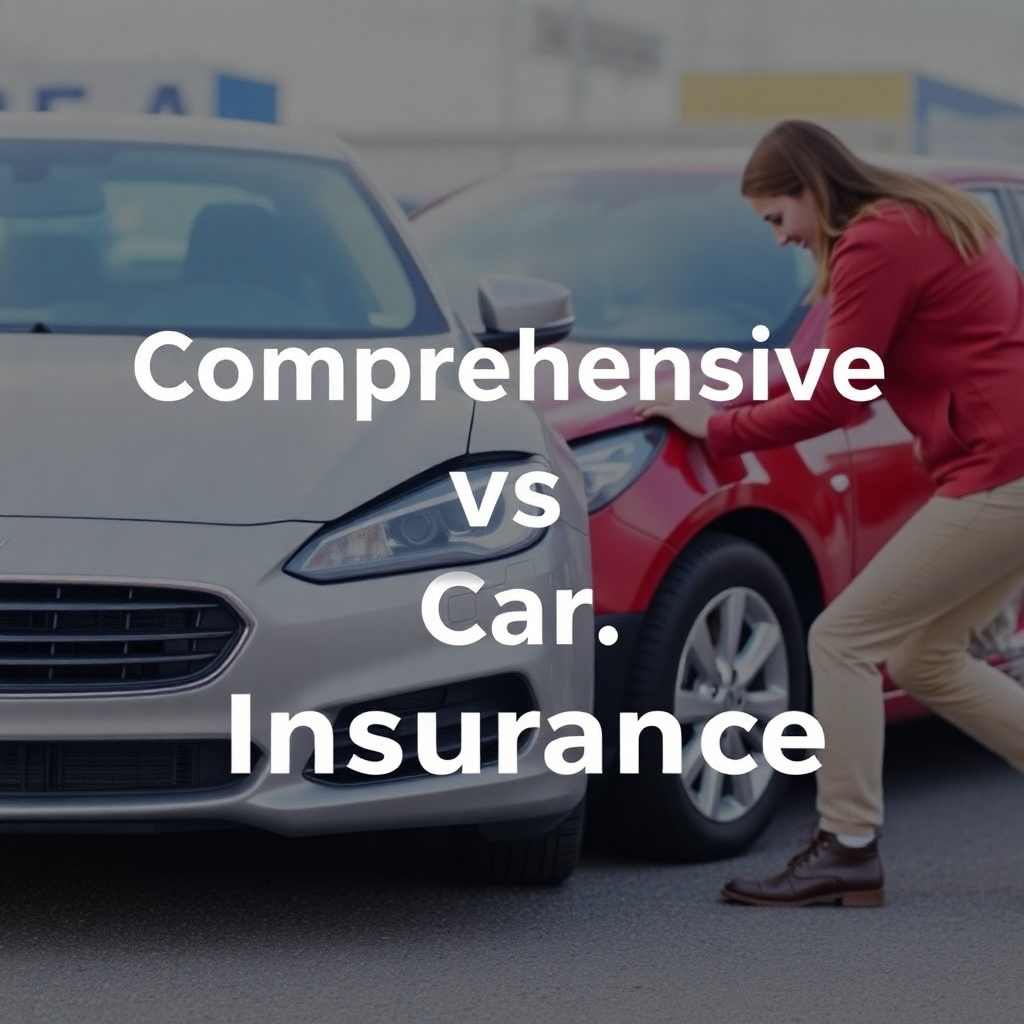When purchasing auto insurance, you’ll encounter various coverage options tailored to protect you in different scenarios. Two commonly discussed types are comprehensive and collision insurance. Understanding the differences between these coverages is crucial to selecting the right policy for your needs and ensuring adequate protection on the road. In this article, we’ll break down comprehensive and collision car insurance, highlighting their key features, benefits, and how to decide which is best for you.
What Is Comprehensive Car Insurance?
Comprehensive insurance covers damage to your vehicle caused by events that are not related to a collision. Often referred to as “other-than-collision” coverage, it protects against a wide range of risks, such as:
- Theft: If your car is stolen, comprehensive insurance can help cover its value.
- Vandalism: Damage caused by graffiti, keying, or other malicious acts is covered.
- Weather Events: Natural disasters like hailstorms, hurricanes, and tornadoes are included.
- Animal Collisions: If you hit a deer or another animal, comprehensive insurance applies.
- Falling Objects: Damage from falling tree branches or debris is covered.
- Fire and Explosions: Losses due to fire or explosion are included.
Comprehensive insurance is often optional, but if you have a car loan or lease, the lender may require it.
What Is Collision Car Insurance?
Collision insurance, as the name suggests, covers damage to your vehicle resulting from collisions. This includes:
- Accidents with Other Vehicles: If you hit another car or someone hits you, collision insurance covers the repair costs.
- Single-Vehicle Accidents: Damage from hitting a tree, pole, or other stationary object is included.
- Rollover Accidents: If your car rolls over, collision insurance helps cover the repairs or replacement.
Collision insurance is also typically optional unless mandated by a lender or lessor. It provides peace of mind for drivers who want to ensure their vehicle is repaired or replaced regardless of fault.
Key Differences Between Comprehensive and Collision Insurance
| Feature | Comprehensive Insurance | Collision Insurance |
|---|---|---|
| Covers | Non-collision events (theft, weather, etc.) | Vehicle damage from collisions |
| Examples of Covered Events | Fire, vandalism, animal strikes | Crashing into another car or object |
| Fault Requirement | Not fault-based | May depend on fault but covers your vehicle |
| Mandated by Lenders | Often required | Often required |
Cost Comparison
Comprehensive insurance tends to be less expensive than collision insurance, as the likelihood of events like theft or weather damage is generally lower than the risk of a collision. However, your premium for either coverage will depend on factors such as:
- Your vehicle’s make and model
- Your location and its associated risks (e.g., weather or theft rates)
- Your driving history
- Your chosen deductible
Do You Need Both Comprehensive and Collision Insurance?
Deciding whether to purchase both types of coverage depends on your situation. Here are some considerations:
- Vehicle Value: If your car is older or has a low market value, the combined cost of comprehensive and collision coverage may exceed the potential payout.
- Loan or Lease Requirements: Lenders and leasing companies often require both coverages.
- Risk Tolerance: If you’re comfortable covering potential repair or replacement costs out of pocket, you might opt out of one or both.
- Driving Habits: If you frequently drive in high-traffic areas, collision insurance might be more critical. Conversely, if you live in an area prone to natural disasters, comprehensive coverage may be essential.
Deductibles and Coverage Limits
Both comprehensive and collision insurance policies typically have deductibles, which is the amount you pay out of pocket before your insurance kicks in. Common deductible amounts range from $250 to $1,000. Choosing a higher deductible can lower your premium but increases your financial responsibility in the event of a claim.
Coverage limits represent the maximum amount your insurer will pay for a claim. For most policies, the limit is the actual cash value (ACV) of your vehicle, which factors in depreciation.
Real-Life Examples
- Comprehensive Coverage Scenario: Your car is parked outside during a severe hailstorm, resulting in significant damage to the roof and windows. Comprehensive insurance would cover the repair costs after you pay your deductible.
- Collision Coverage Scenario: You’re driving and accidentally rear-end another vehicle at a stoplight. Collision insurance would pay for the repairs to your car, minus the deductible.
How to Decide
Here are some practical steps to determine the right coverage:
- Assess Your Vehicle’s Value: Use resources like Kelley Blue Book to estimate your car’s worth.
- Evaluate Your Financial Situation: Determine if you can afford to repair or replace your car without insurance.
- Consider Local Risks: Think about the likelihood of theft, natural disasters, or collisions in your area.
- Get Quotes: Compare premiums and deductibles from multiple insurers to find the best balance of cost and coverage.
Conclusion
Comprehensive and collision car insurance each serve unique purposes, providing protection in different scenarios. Comprehensive insurance covers non-collision events like theft or weather damage, while collision insurance focuses on accident-related damages. Carefully evaluating your vehicle’s value, your financial situation, and your risk exposure can help you make an informed decision. With the right coverage, you can drive with confidence, knowing you’re protected no matter what the road (or Mother Nature) throws your way.






Leave a Reply